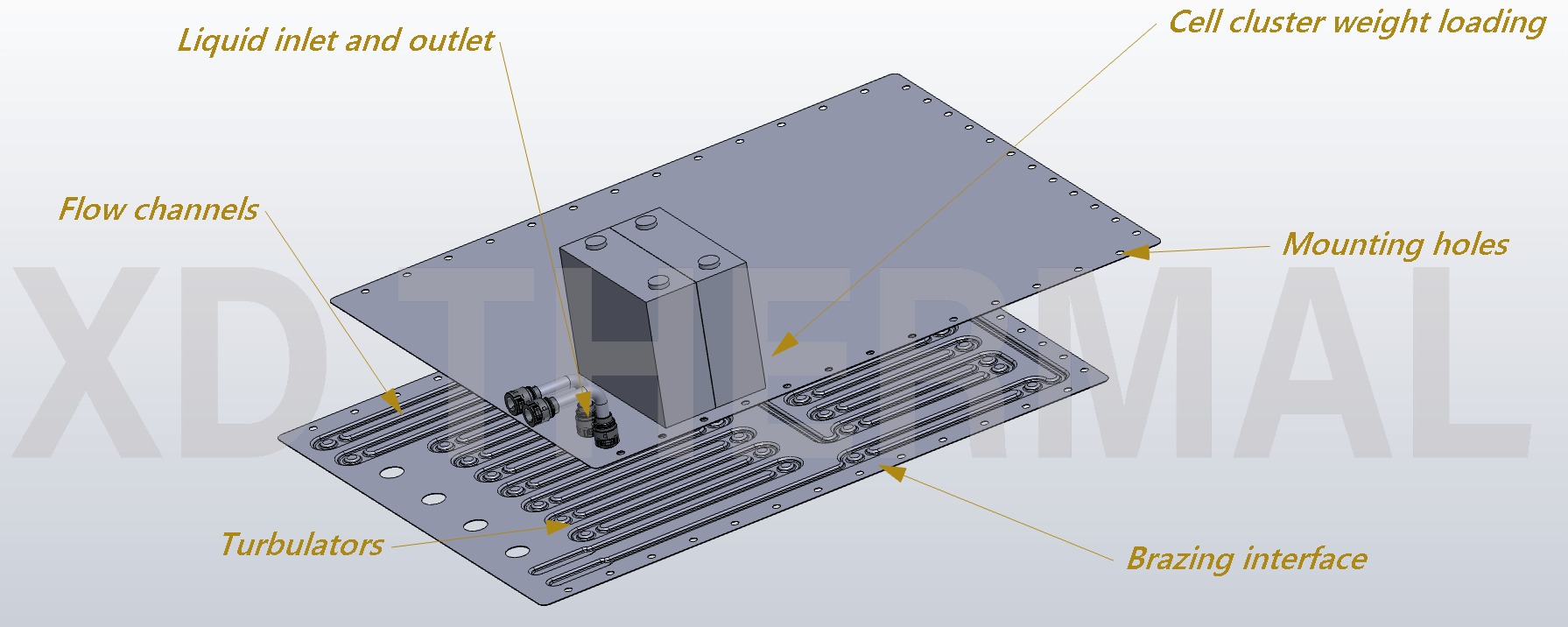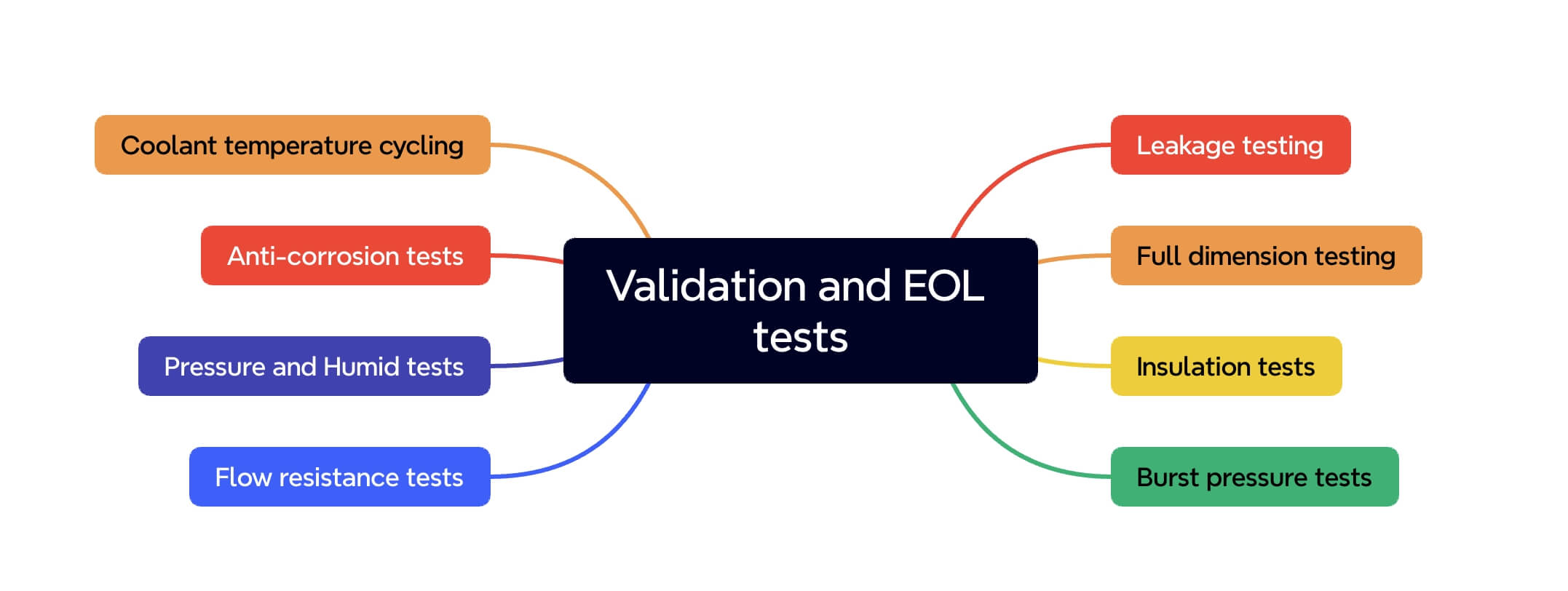When it comes to buying, whether it’s just for you or on behalf of your company, the concept of “value for money” inevitably plays a critical role, especially when it comes to substantial industrial products like liquid cooling plates. Considering the ‘amount’ on purchase orders invariably increases without decrease, it truly highlights the significant pressure you’re grappling with as a buyer.
Now that you’re in the loop about the most cost-efficient stamp liquid cooling plate, you’ll likely be discussing it with your boss, colleagues, or the engineering team. Hold on, more getting clued up on this cooling plate will help facilitate a smoother procurement process or accelerating your project timelines.
The production cycle for stamped liquid cooling plates is short, ideal for large-scale production. Hydraulic molding allows precise control of channel dimensions and tolerances, closely aligning with CAE simulations.
Key benefits include:
This is a basic breakdown of a liquid cooling plate designed for square batteries. Considerations include: overall size and thickness, top cover design, flow plate design, inlet and outlet nozzle styles, positions of vent holes/installation holes, welding methods, insulation techniques, thermal interface materials, and piping accessories. Some stamped liquid cooling plates may also incorporate fin technologies, which can increase manufacturing complexity and cost.

The primary cost drivers for stamped parts are the dimensions of the materials and the complexity of the design. Another significant cost factor is the tooling for molds, which typically requires an initial investment but can sustain production of over 200,000 units.
The design significantly impacts the production feasibility of liquid cooling plates, primarily in terms of welding quality. A design with good production viability (shown in the left image) has a lower risk during manufacturing compared to the one with higher production risks (shown in the right image). The reasons include:
Narrow channel widths can elevate the risk of blockages during welding; overly wide channels may lead to material deformation.
Channels positioned too close to the edge, typically less than 8mm, can increase the likelihood of insufficient welds
Clearly define and document all specifications of your liquid cooling plate, including dimensions, materials, thermal requirements, and any special features or considerations. This helps ensure that the supplier fully understands the project requirements.
Whether helping to design liquid cooling plates or manufacturing from your drawings, thorough communication with your supplier is essential. Here are some points to consider:
Of course, define the quality standards and testing procedures that the components must meet. It’s important to agree on these criteria upfront to avoid discrepancies and ensure product reliability.
Requirements Analysis
Understand key parameters such as battery type, power requirements, temperature range, and operating environment to ensure that the liquid cooling plate design can meet specific application scenarios
재료 선택
Consider factors like thermal conductivity, corrosion resistance, and lightweight properties to ensure the liquid cooling plate operates efficiently under various conditions
Fluid Dynamics Design
Optimize the internal structure of the liquid cooling plate to ensure uniform fluid flow, improving heat dissipation efficiency. Through numerical simulation and experimental validation, optimize fluid dynamics design to maximize thermal conductivity efficiency
Liquid Cooling System Layout Optimization
Evaluate the physical space of the entire system, provide effective heat dissipation design for battery modules and other heat-sensitive components, and arrange the liquid cooling system reasonably
We utilize flexible manufacturing techniques—such as extrusion, machining, hydroforming, vacuum brazing, continuous brazing, FSW, and CMT—to deliver the most cost-effective solutions for our clients. Additionally, every product is accompanied by a comprehensive inspection report, ensuring that all critical features are thoroughly tested and safeguarding our clients’ developments.
At every stage, we establish a clear timeline with key milestones to guide project delivery. Regular updates and meetings ensure the project remains on track and emerging issues are addressed promptly

By reading this, you should now understand why stamped liquid cooling plates are the most cost-effective option. Additionally, you’ve gained further insights into the design, production, and delivery of these cooling plates. Even if you opt not to use stamped versions, this information can guide your decisions when purchasing other types of liquid cooling plates.

저는 5년 넘게 배터리 열 관리 분야에서 일하면서 수많은 국제 프로젝트를 처리했습니다. 배터리 액체 냉각 제품이나 서비스에 대해 궁금한 점이 있으면 언제든지 문의해 주세요!